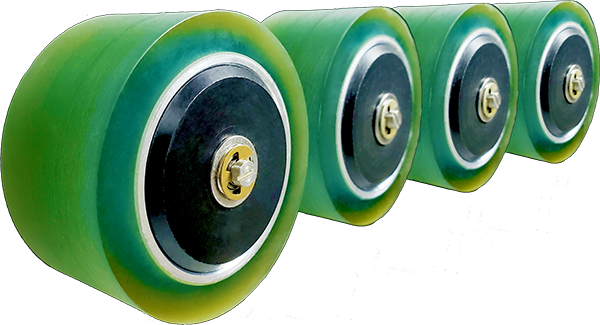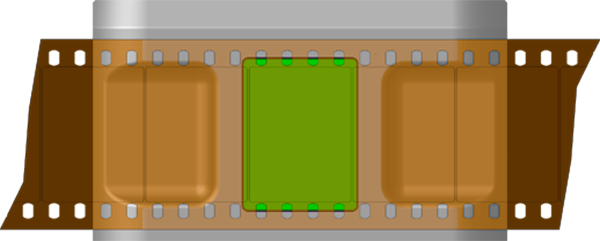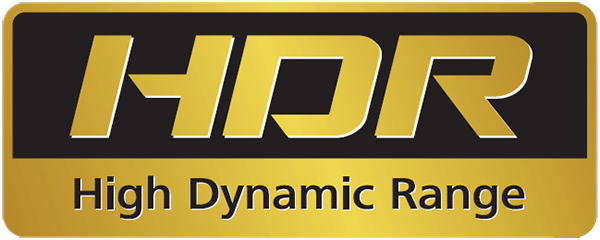MOTION PICTURE FILM RESTORATION & PRESERVATION HDR WORKFLOW
with XML METADATA
Your film is acclimatized for 24-hours in an STP static-free, temperature and humidity-controlled, positive-pressure clean room with no access to direct sunlight. Your film and its canisters are then photographed and logged using Structured XML Metadata, documenting its journey toward restoration, digitization, and preservation.
MANUAL FILM INSPECTION & REPAIR

Your film undergoes an end-to-end, manual inspection of all existing splices and sprocket holes, using Moviola and Neumade hand-cranked rewinds. Poor-quality splices are repaired and restored using Academy of Motion Picture Arts and Sciences (AMPAS), Scientific Award-Winning, Pressa CIR-Catozzo self-perforating, adhesive-tape film splicers, then repacked by hand winding to metal film reels or film cores with fresh, head and tail film leader.
LARGE-FORMAT, AREA IMAGER SCANNER

As magnetic tapes age, the binders holding the oxide particles deteriorate causing Sticky-Shed Syndrome. As oxide flakes off, signals can become unrecoverable. Our engineers can scientifically reverse the effects of Sticky-Shed Syndrome through Reverse Hydrolysis. This involves slowly heating your tapes in a Laboratory Vacuum Furnace, while controlling the temperature to within 1° degree. Humidity is carefully monitored, as is the Curie Point of your media’s particular magnetic particle formulation. After many hours or days of such treatments, your media regains many of its youthful properties and successful digitization can occur.
PTR DUST & PARTICLE REMOVAL SYSTEM

Both sides of your physically-restored film are fed through nearly 30 linear inches of low-tack, particle transfer rollers, removing microscopic dust immediately prior to your film entering the 20-megapixel, large-format HDR area imager.
ALL-CHROME, SPROCKETLESS FILM PATH
with 3-AXIS OPTICAL PIN REGISTRATION

Damaged sprockets & splices are ignored as the all-chrome film path gently transports your film through the scanner. A proprietary optical pin registration system perfectly stabilizes damaged, warped, or shrunken film on X, Y, and Z axes, requiring no edge guides or post-scan adjustments.
ALL MOTION PICTURE FILM FORMATS
From 8 mm to 70 mm and everything in between, we support more film formats than any other company. Click below for a complete list of supported film formats.
8 mm to 28 mm Formats
| 8 mm |
| Super 8 mm Commag |
| Single-8 Cartridge |
| Double 8 mm |
| Double Super 8 mm |
| UltraPan 8 mm |
| 8 mm fullcoat SEPMAG |
| Max 8 mm |
| Super 8B |
| 8 mm Panoramic |
| 8 mm Polaroid Polavision |
| 8 mm Technicolor Magi-Cartridge |
| 9.5 mm Pathescope |
| 9.5 mm Bingoscope |
| 9.5 mm Duplex |
| 16 mm 110 |
| 16 mm commag |
| 16 mm double perf |
| 16 mm magnetic |
| 16 mm negative |
| 16 mm optical ComOpt |
| 16 mm positive |
| 16 mm Fullcoat sepmag |
| 16 mm super |
| 17.5 mm Biotac |
| 17.5 mm Biokam |
| 17.5 mm Hughes |
| 17.5 mm Gaumont |
| 17.5 mm Clou |
| 17.5 mm Duoscope |
| 17.5 mm Movette |
| 17.5 mm Pathé Rural |
| 17.5 mm Fullcoat sepmag |
| 19 mm Kinetoscope |
| 21 mm Mirograph |
| 24 mm APS |
| 28 mm Pathé Kok |
35 mm
| 35 mm 126 |
| 35 mm 135 |
| 35 mm 828 |
| 35 mm commag |
| 35 mm Full coatSEPMAG |
| 35 mm positive |
| 35 mm negative |
| 35 mm magnetic |
| 35 mm optical |
| 35 mm ComOpt |
| 35 mm Mini-Max |
| 35 mm Vistascope |
| 35 mm Vario-35 |
| 35 mm Vario-35A |
| 35 mm Single Cinerama |
| 35 mm Hexiplex |
| 35 mm Row-film |
| 35 mm Ultra Toruscope |
| 35 mm Imagination FX 7012 |
| 35 mm Univisium |
| 35 mm Maxivision |
| 35 mm Maxivision 48 |
| 35 mm sepmag |
| 35 mm CinameScope |
| 35 mm Dynamic Frame |
| 35 mm VistaVision |
| 35 mm Technirama |
| 35 mm Anamorphic |
| 35 mm Techniscope |
| 35 mm super |
| 35 mm Cinerama |
| 35 mm Kinopanorama |
| 35 mm Super VistaVision |
| 35 mm Cinemiracle |
| 35 mm Thrillarama |
| 35 mm Magirama |
| 35 mm Super Technirama |
| 35 mm Kinopanorama |
| 35 mm Circlorama |
| 35 mm Circle Vision 200 |
| 35 mm Circle Vision 360 |
40 mm to 70 mm
| 40 mm 127 |
| 60 mm 120 220 620 |
| 65 mm 5-perf |
| 65 mm Cinerama 360 |
| 65 mm Ultra Panavision |
| 65 mm Varioscope |
| 65 mm Dimension 150 |
| 65 mm Astrovision |
| 65 mm Dynavision |
| 65 mm Super Dimension 70 |
| 65 mm FuturVision 360 |
| 65 mm Showscan |
| 65 mm Cinema 180 |
| 65 mm Swissorama 360 |
| 65 mm Iwerksphere |
| 65 mm MotionMaster |
| 65 mm Soviet 10 |
| 65 mm Vario-70 |
| 65 mm Imagine 360 |
| 70 mm 5-perf |
| 70 mm Todd-AO |
| 70 mm Ultra Panavision |
| 70 mm Super Panavision |
| 70 mm IMAX |
| 70 mm OMNIMAX |
| 70 mm Grandeur |
| 70 mm IMAX Magic Carpet |
| 70 mm IMAX HD |
| FMC Quadravision |
| Septorama |
| Wonderama |
DIRECT OUTPUT TO FORMATS & CODECS
We directly output high-end formats and codecs, avoiding lossy concatenation errors caused by transcoding. Click HERE for a list of direct output formats and codecs.
ULBRICHT INTEGRATING SPHERE DIFFUSE, COOL-LED LIGHT SOURCE

A revolutionary Ulbricht Integrating Sphere creates a cool, diffuse, pure-white light source reducing the appearance of scratches on the emulsion side of the film base without softening, blurring, or altering the image. Unlike collimated light sources of telecines and line imagers, there is no risk of damage to the dye layers due to excessive heat. Further, off-axis photons from the Ulbricht Sphere pass through film scratches without deflection, resulting in a brighter, more complete image than all other types of scanners.
MULTI-FLASH HDR IMAGING

Single-pass, multi-flash High Dynamic Range imaging captures unparalleled detail with extremely low noise. ITU-R BT.2020, Rec. 2020, and ATSC 3.0 are already HDR. Release your film’s full potential for higher resolution, higher brightness, and wider color gamut as the world migrates to HDR10 and the dynamic metadata of HDR10+.
SCENE BY SCENE COLOR CORRECTION
While other telecine facilities just set a one light color adjustment, we take the time to perform scene-to-scene, best light correction. The result is a highly-gradable, 10-bit output. Without this critical first step, future shot-by-shot color grading is limited or simply not possible, as important gamma metadata and tristimulus color values are lost.
CHROMOGENIC DYE SHIFT CORRECTION

The onset of acetate film base degradation — commonly known as Vinegar Syndrome — often signals the inevitable start of irreversible chromogenic yellow and cyan dye shift, commonly referred to as red dye shift or magenta dye shift. Our Industry Leading color cast removal process, corrects most common decay, restoring dye layer density loss.
STRUCTURED XML METADATA LOGGING
For every project, we create metadata following DCMI, Dublin Core. We also use LMER & PREMIS Data Models as well as NIEM and Library of Congress ANSI/NISO Z39.8 standards for descriptive, structural, administrative, rights management, and preservation metadata.
LONG-TERM ARCHIVAL STORAGE
After scanning your film, it is low-tension slow-wound back to your reel or core. We also offer archival-grade, vented film canisters, film cores, and plastic or steel reels. Ask about our human and machine-readable barcodes, onsite NAS and cloud backup featuring checksum data integrity verification, and long-term cold storage.

